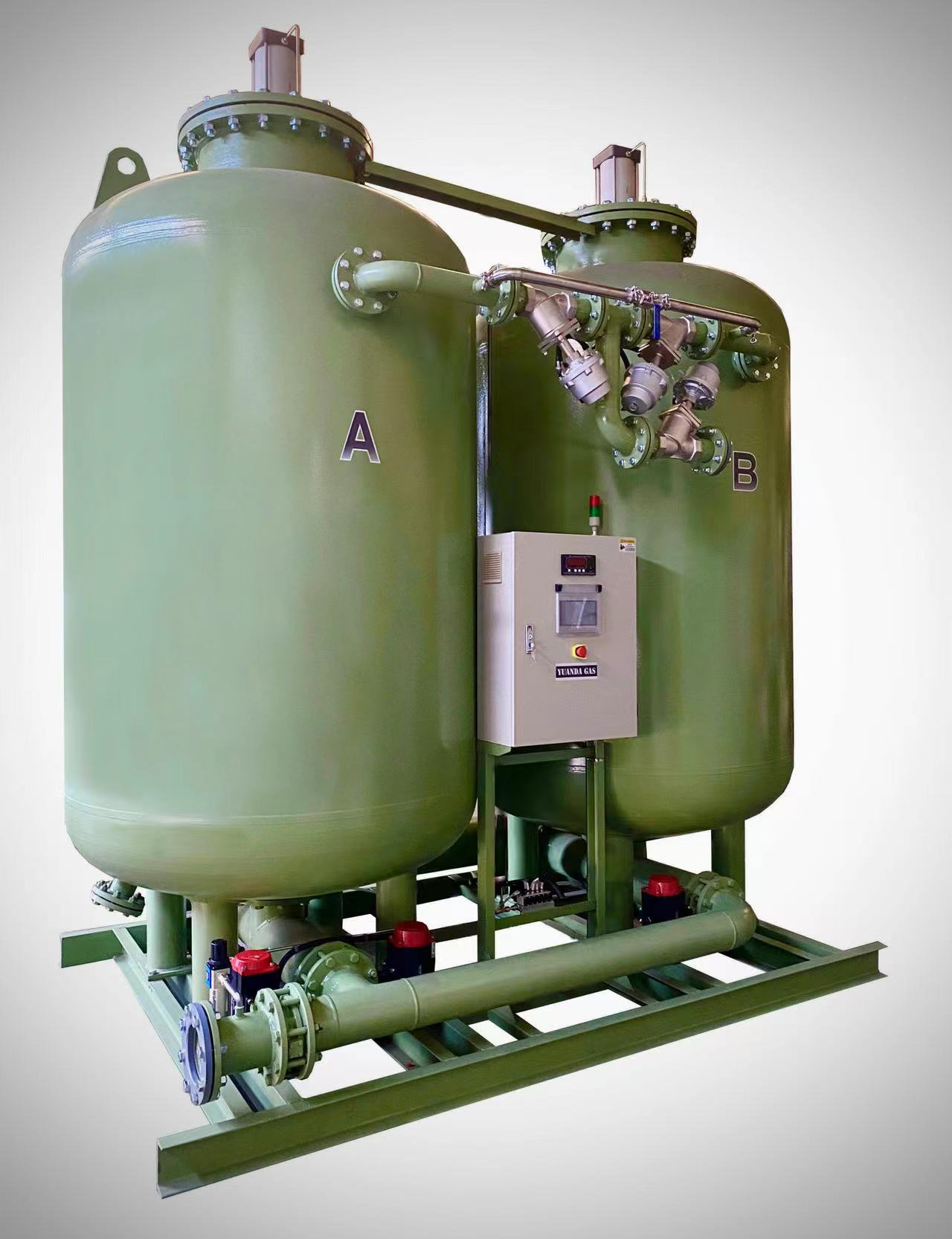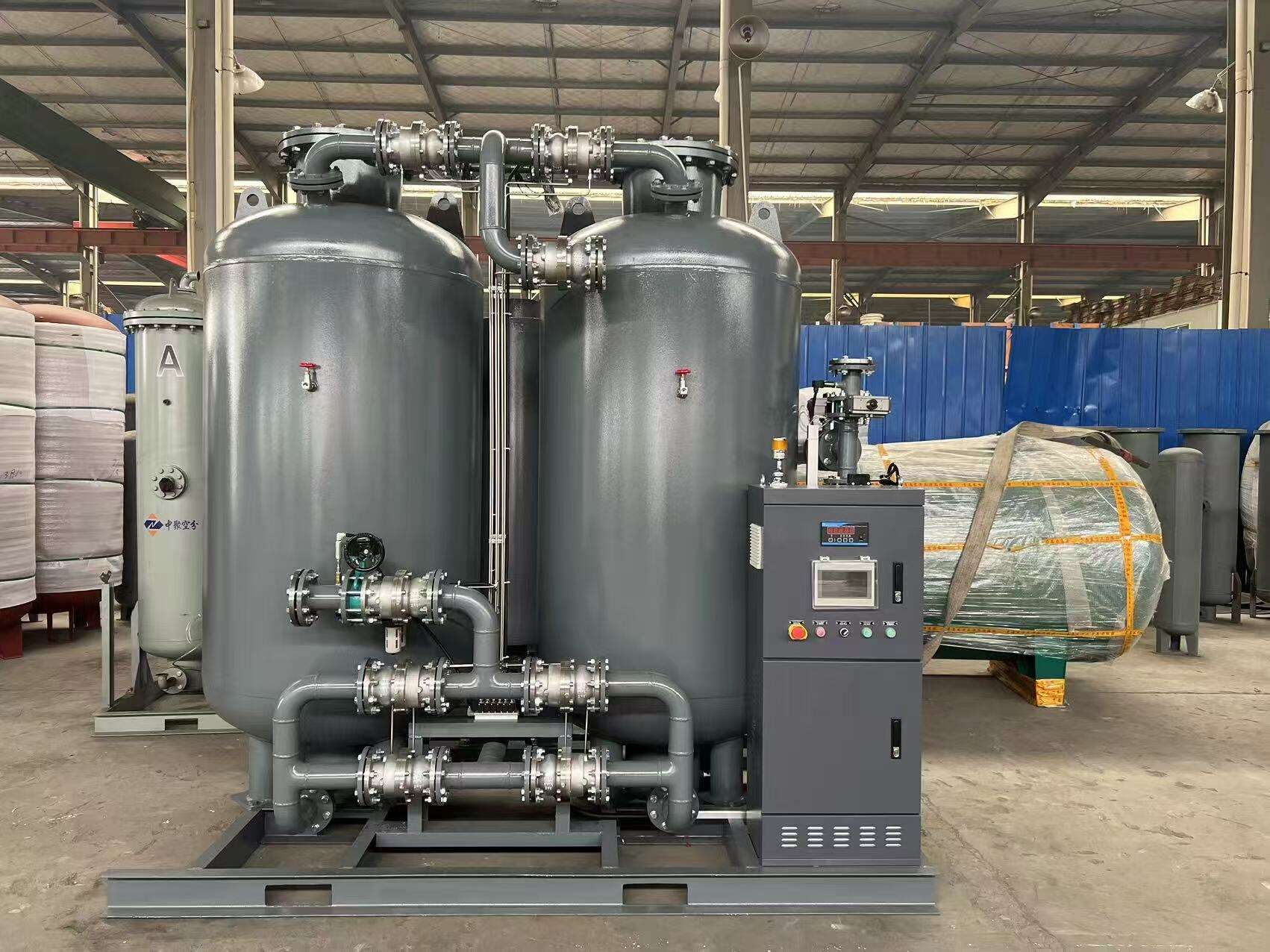አውሮጀን ጊዜ ፒኤስኤ ቤት
PSA ኦክስიጅን ጉድር ፈለተኛ የአዲስ መፍትሔ ነው እና የእቁ ኦክስიጅን አቀማመጥ ለምሳሌ Pressure Swing Adsorption ቴክኖሎጂ ለመጠቀም ይጠቀምበታል እንደ የአየር አቅጣጫዎችን ኦክስიጅን እንደ ተለዋዋጆች እንደሚያስረዳል። የአይነት ስርዓት የአየርን የሚያስተካክል እና የሚያስተላለፍ የሞሌክዩላር ስㄧቪ ቤቶችን የሚጠቀም ነው፣ እንደ ነገር እንደ ኦክስიጅን እንደሚያስረዳል ነው። የተከታተለბ አቀማመጥ እና የሁለት ስይፍ ቤቶች መካከል የሚያስተካክል ነው፣ ኦክስიጅን የሚያስተካክል ነው። እነዚህ ጉድሮች የኦክስիጅን ቅርጫ አራት-አምስት% ድረስ እንደሚያስገቡ ነው፣ የተለያዩ የឧስṭሪ እና የመድብ ደረጃዎች ለመግባት ይችላሉ። የአይነት ስርዓት የአስተካክለბ አገናኝነቶች እንclude እንደ የአቅጣጫ ምስራቸቶች እና የአቅጣጫ ምስራቸቶች እንደሚያስገቡ ነው። የአዲስ PSA ኦክስიጅን ጉድሮች የአጋዝም አካባቢዎች እና የተ자동ተ አስተካክለბ ስርዓቶችን ያስተካክሉ፣ እና የተወሰነ አስተካክለბ ያስፈልጋሉ። እነዚህ የተለያዩ አቅጣጫ ደረጃዎች ለመግባት ይችላሉ፣ የተለያዩ የመድብ አቅጣጫዎች እና የተለያዩ የመድብ አቅጣጫዎች ለመግባት ይችላሉ። የአይነት ጉድር የተለያዩ አቅጣጫዎች ለመግባት ይችላሉ፣ እና የተለያዩ አቅጣጫዎች ለመግባት ይችላሉ።


